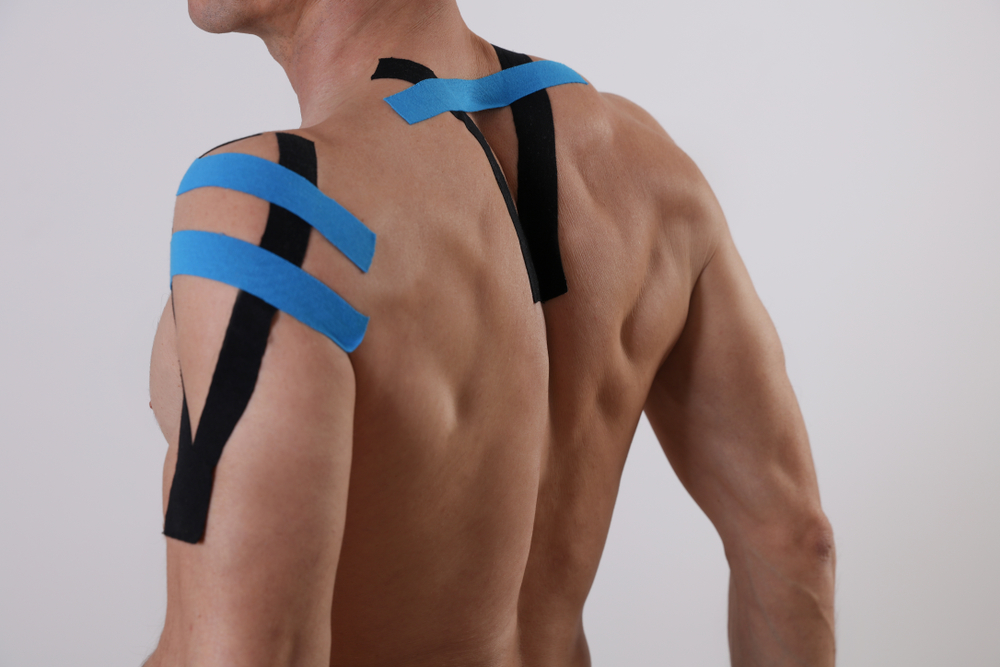How Kinesio Taping Works: The Science Behind the Tape

Kinesio taping has become a popular technique in the world of sports medicine and physical therapy. If you've ever seen athletes or fitness enthusiasts with brightly colored tape on their muscles, joints, or limbs, chances are they were using Kinesio tape. But what exactly is Kinesio taping, and how does it work?
What is Kinesio Taping?
Kinesio taping, also known as Kinesiology taping, is a method of applying specialized tape to the skin to provide support and stability to muscles and joints. The tape is made of a unique, elastic material that allows for full range of motion while providing targeted support and pain relief. Unlike traditional athletic tapes or braces, Kinesio tape is designed to mimic the elasticity and movement of the human skin, making it a more comfortable and flexible option for those seeking to enhance their physical performance or manage injuries.
The Science behind Kinesio Taping
The science behind Kinesio taping is rooted in the principles of kinesiology, the study of human movement. Kinesio tape is designed to interact with the body's natural healing and support systems in several ways:
• Muscle Support: The tape is applied in a specific pattern to provide gentle, targeted support to the muscles. By lifting the skin, the tape can help improve blood and lymphatic circulation, reducing swelling and inflammation.
• Joint Stability: Kinesio tape can be used to support and stabilize joints, such as the ankle, knee, or shoulder, without restricting range of motion. This can help prevent further injury and facilitate the healing process.
• Pain Relief: The tape's unique design and application can stimulate the skin's sensory receptors, which can help block pain signals and reduce discomfort.
• Proprioception: Kinesio tape can enhance the body's proprioception, or its awareness of its own position and movement in space. This can improve coordination, balance, and overall physical performance.
Who Can Benefit from Kinesio Taping?
Kinesio taping can be beneficial for a wide range of individuals, from professional athletes to those recovering from injuries or managing chronic conditions. Here are some examples of who can benefit from Kinesio taping:
· Athletes: Kinesio tape can be used to support muscles, joints, and ligaments during training and competition, helping to prevent injuries and enhance performance.
· Injury Rehabilitation: Kinesio tape can be used in conjunction with other therapies, such as physical therapy or chiropractic care, to support the healing process and manage pain from injuries.
· Chronic Conditions: Individuals with conditions like arthritis, tendinitis, or chronic back pain may find relief and improved mobility through the use of Kinesio tape.
· Postoperative Care: Kinesio tape can be used to support the body during the recovery process after surgery, such as joint replacements or sports-related injuries.
Kinesio taping should be used as part of a comprehensive treatment plan and under the guidance of a qualified healthcare professional. They can assess your individual needs and provide the appropriate Kinesio taping techniques and application methods to achieve the best results.
Schedule Your Consultation with Cashae Spine & Sports Today
Kinesio taping is a versatile and innovative technique that can provide a wide range of benefits for individuals seeking to enhance their physical performance, manage injuries, or address chronic conditions. By understanding the science behind Kinesio taping and how it interacts with the body's natural systems, you can make an informed decision about whether this technique might be a valuable addition to your healthcare regimen.
If you're interested in learning more about Kinesio taping and how it can benefit you, contact Cashae Spine & Sports at our office in Silver Spring, Maryland. Call (240) 219-8975 to book an appointment today.





